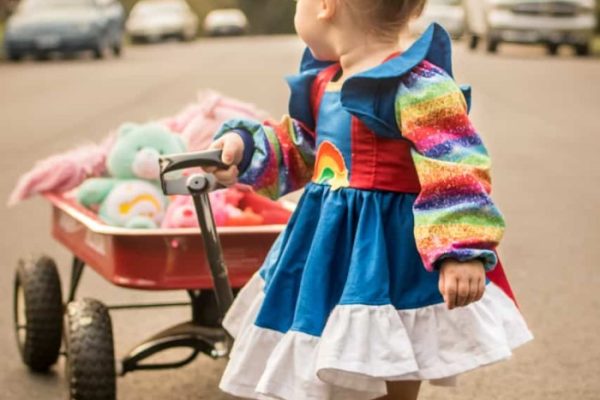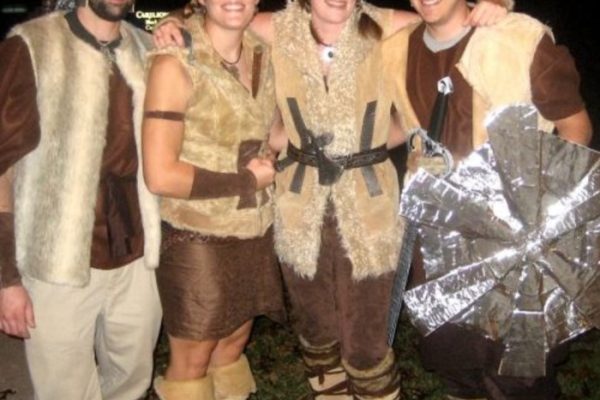Introduction to the Wolf Costume
In the realm of theatrical performances, costumes play a vital role in bringing characters to life. Among these, the Wolf from “Into the Woods” stands out as a captivating figure, embodying themes of temptation and cunning. The character does not merely serve as a villain but also acts as a complex symbol within the narrative. If you are preparing to portray the Wolf, you are undoubtedly eager to create a costume that will leave a lasting impression on both your audience and fellow performers. This guide will walk you through various aspects of designing and crafting an into the woods wolf costume that is both visually striking and functional for your performance.
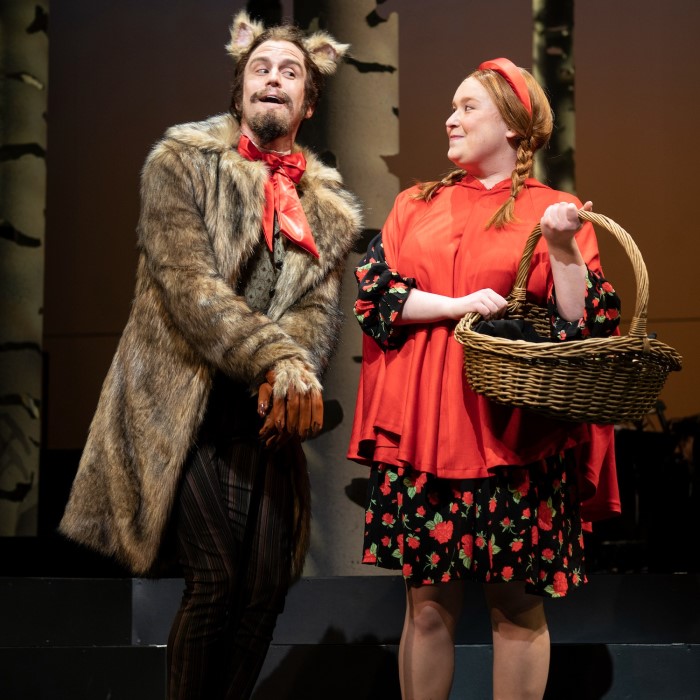
Understanding the Character
To design a costume that effectively portrays the Wolf, it is essential to analyze the character deeply. The Wolf is a blend of charm and treachery, drawing in characters like Little Red Riding Hood through both allure and danger. He represents a pivotal point in the narrative, where innocence meets cunning. You’ll want your costume to mirror this duality. Therefore, pay careful attention to the colors you choose. The character is often depicted wearing hues of gray, black, and dark browns that evoke the essence of a wild animal. This color palette not only enhances the character’s sinister nature but also allows you to integrate well into various stage lighting, heightening visual appeal.
Choosing the Right Materials
Now that you have a clearer picture of your character, it’s time to select the appropriate materials for your costume. The right fabric can make all the difference in terms of aesthetics and comfort. For the Wolf costume, faux fur is an excellent choice. It offers a realistic appearance while being ethical and easy to handle. Opt for a mix of textures; combining soft fur for the body with more rugged fabrics for accents can add depth to your costume.
You may also want to invest in a breathable bodysuit that acts as a base layer. This bodysuit will allow you to comfortably move during your performance. While shopping for materials, keep in mind that your costume should facilitate a range of motion. After all, the Wolf is dynamic, and your movements should reflect that. Look for fabrics that not only look good but feel good against your skin and allow for flexibility.
Crafting the Costume
After gathering your materials, it’s time to dive into the crafting process. Begin by laying out your design. Sketching the costume can be helpful, allowing you to visualize how pieces will come together. Start with the bodysuit, which serves as the foundation of your outfit. You can then attach faux fur patches to areas like the back, sides, and arms. Consider the wolf’s silhouette—sleek yet hinting at bulkiness. A tail is a critical feature to include; sewing it onto the bodysuit will enhance the animalistic quality of your portrayal.
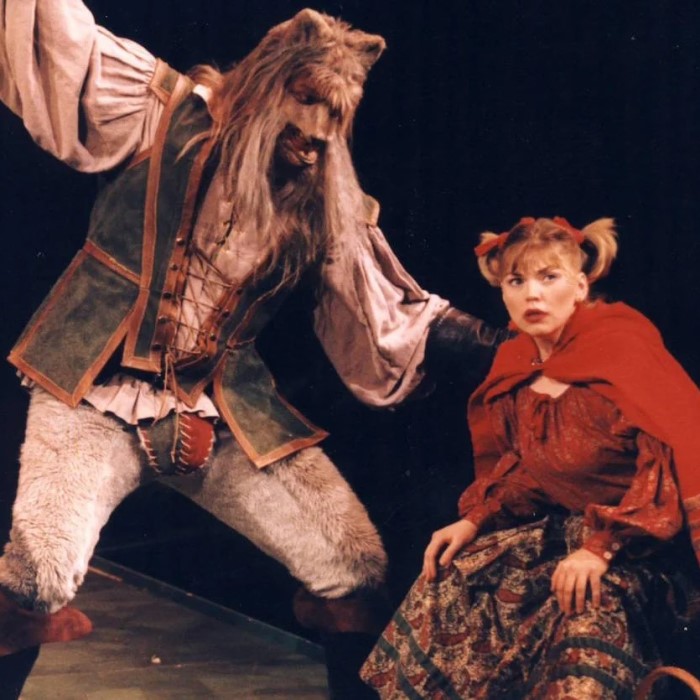
Additionally, for the paws, consider using gloves covered in faux fur. These can extend to the elbow or beyond, ensuring that your movements are fluid and graceful. If you’re feeling particularly ambitious, adding claws or more detailed features can further immerse you into the character. Your headpiece or mask will be crucial, as it will complete the transformation. Ensure it fits comfortably and allows for clear visibility; your facial expressions will be key to conveying your character’s emotions.
Incorporating Makeup Techniques
While your costume plays a significant role, makeup should not be overlooked. The right makeup can truly elevate your portrayal of the Wolf. Start with a strong base to create an even skin tone. Dark, dramatic eye makeup is essential; use eyeliner and eye shadow to achieve a fierce, predatory look. Contouring can help accentuate your cheekbones, lending an angular quality reminiscent of a wolf.
You might also consider face paint or makeup that mimics fur patterns on your exposed skin. Carefully blending these elements can create a seamless effect. Additionally, choosing a bold lip color, like a dark red or deep plum, can add a further theatrical flair, enhancing the character’s allure and danger. Make sure the makeup enhances your overall presentation without overshadowing the costume itself.
Practice Your Performance
The Importance of Practice
Beyond the Costume: While having an impressive costume is crucial, it is only a part of creating a memorable character. Integrating your performance with the costume is equally important. Your ability to fully embody the character enhances the overall portrayal and makes it more convincing to the audience.
Building Confidence: Practicing in your costume helps build your confidence. As you become more familiar with wearing it, you’ll feel more at ease performing in it. This level of comfort translates into a more natural and engaging performance.
Adapting to Your Costume
Familiarity with Weight: Taking the time to rehearse while wearing your complete costume allows you to get accustomed to its weight. This is particularly important for costumes with heavy elements, such as armor or extensive capes, which can affect your mobility and stamina during a performance.
Understanding Movement Restrictions: Every costume has unique movement limitations. By rehearsing in the costume, you will understand where those restrictions lie, allowing you to adjust your movements accordingly. For example, if your costume has large sleeves or a flowing cape, you will need to be conscious of how these parts can restrict your actions.
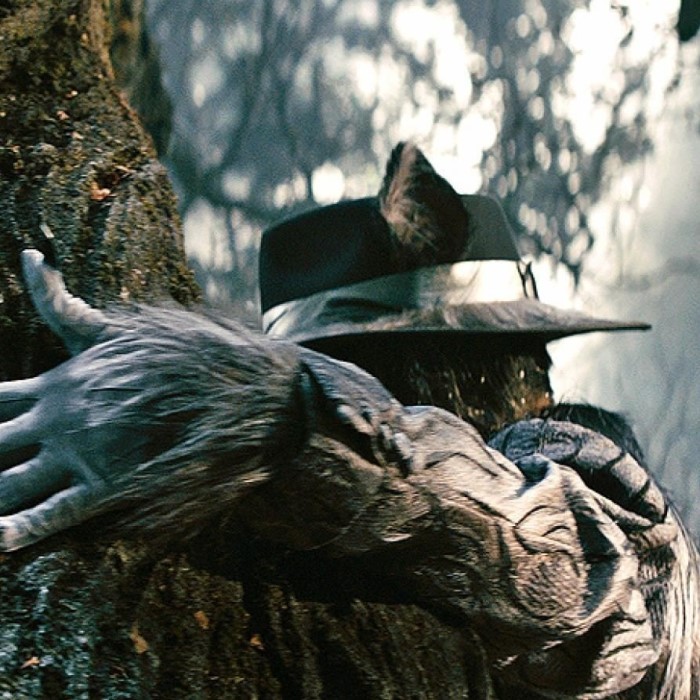
Expressing the Character
Character Representation: Utilize your rehearsal time to explore different gestures and movements that encapsulate the essence of the Wolf character. Think about how the character behaves, walks, and interacts with others.
Gesture Experimentation: You can try out various gestures that reflect the character’s traits. Does the Wolf character appear sly and stealthy? Experiment with more subtle, fluid movements. If the character is bold and aggressive, practice more pronounced, dynamic actions.
Costume Interaction
Flow of Fabrics: Pay close attention to how your costume interacts with your movements. For instance, if you’re wearing a long cloak or cape, practice how it flows behind you as you walk or turn. The visually captivating movement of a cape can enhance your performance significantly.
Adjusting to Movement: Notice how different parts of your costume respond to your actions. If something feels restrictive or cumbersome, consider making adjustments. This might mean altering how you approach certain movements or, if possible, modifying your costume to enable better flow.
Comfort and Performance
Prioritize Comfort: Comfort plays a significant role in a successful performance. If you’re uncomfortable in your costume, it can detract from your ability to act confidently. Use your rehearsal sessions to identify any discomfort and make necessary adaptations.
Refining Your Style: As you practice, find the balance between looking fantastic in your outfit and performing your best. A well-fitting into the woods wolf costume that allows for freedom of movement will help you deliver a powerful performance while also feeling good about how you look.
Final Touches
As your performance date approaches, consider adding final touches to your into the woods wolf costume. Accessories can elevate your portrayal without becoming distracting. Adding a prop, like a basket that symbolizes Little Red Riding Hood’s journey, can provide additional context during the performance. Just make sure these props do not hinder your ability to move freely on stage or distract from your storytelling.
Additionally, consider the logistics of your performance space. If your performance takes place outdoors or in variable temperatures, ensure your costume accommodates these factors. You might need to layer up or adjust your material choices to ensure you stay comfortable throughout the show. Your comfort directly impacts your ability to give a captivating performance.
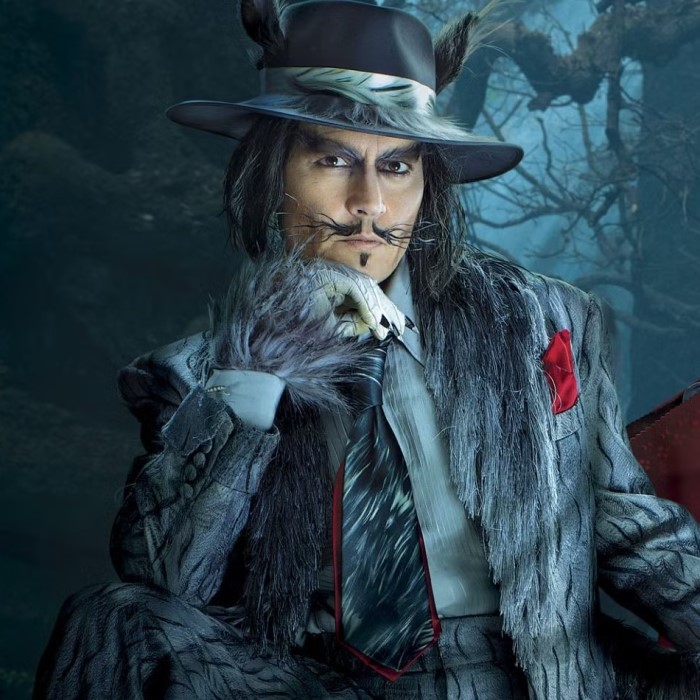
Engage Your Audience
When the lights dim and the curtain rises, your goal as the performer becomes clear: to engage the audience. The Wolf’s role is not only pivotal to the plot but also requires a strong stage presence that can draw the audience in. Utilize your into the woods wolf costume to embody the character fully. Remember to exploit the dramatic nature of your look—let the audience see the cunning and charm that the Wolf exudes.
Your ability to convey emotion through movement and expression will bring your costume to life, making it a dynamic part of the storytelling. Captivation occurs when the audience sees not just a person in a costume but a character who draws them into the narrative.
Conclusion: Captivating the Audience
In conclusion, effectively creating and performing in an into the woods wolf costume involves detailed preparation, creativity, and a deep understanding of the character. Every choice you make, from material selection to makeup techniques, contributes to the overall impact of your portrayal. The key to a memorable performance lies in the balance between an impressive costume and authentic characterization.

By following the tips outlined in this guide, you can confidently step onto the stage as the Wolf, ready to leave a lasting impression. Make the most of this creative process, enjoy the journey of bringing this enchanting character to life, and let your performance resonate with all who watch. Embrace the transformative power of theater, and enjoy every moment you spend in the captivating world of “Into the Woods.”




